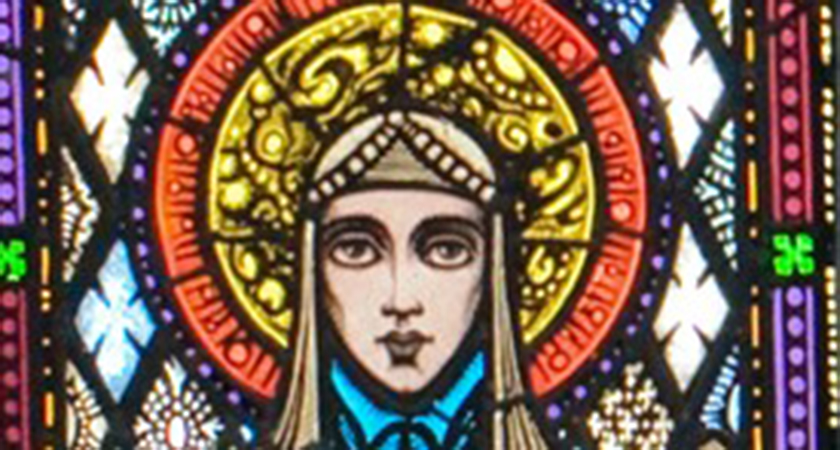TODAY IS Groundhog Day-- again.
Most people, when they hear Groundhog Day, think of the sleepy mammal that emerges from underground to help predict if spring is on the way or if there's six more weeks of winter ahead of us.
If you don't picture that, then your mind probably goes straight to the hit 1993 film starring Bill Murray, where he lives the same day on repeat, over and over again (We all know what that's like.)
But there's a reason that Groundhog Day lands on 2 February each year-- it's inextricably linked to St Brigid's Day, or the ancient Celtic festival Imbolc, which celebrates the goddess Bhrigid.
 Brigid - from pagan goddess to Christian saint (Picture: iiStock)
Brigid - from pagan goddess to Christian saint (Picture: iiStock)Like Samhain, an ancient Celtic celebration which, over time and through immigration became known as Halloween, Imbolc became St Brigid's Day-- and St Brigid's Day became linked to Groundhog Day.
Traditionally, Irish people celebrate 1 February as the first day of spring. This comes from the ancient belief that the Celtic goddess of fertility, Brighid, would pass through the land giving blessings to those who left her tributes, and who had the power to change the seasons from frost-bitten winter to the warmth of spring.
But another character who was present in the ancient myths of Imbolc was the Cailleach, or Witch, who could allow the winter to last for longer.
Legend has it that the Cailleach would hope that 1 February would be bright and sunny, which would wake her up early and allow her to gather enough firewood to keep warm during the long winter which was still to come.
If the day was dark and gloomy, Cailleach would sleep through the day and be unable to gather more firewood-- meaning the spring was on its way.
It's already possible to see where the Groundhog Day tradition of predicting six more weeks of spring came from-- but before Imbolc became Groundhog Day, it was assimilated into Christianity with Candlemas, which celebrates the purification of the Virgin Mary.
Like the legend of the Cailleach, Candlemas tradition states that if there is good weather on Candlemas, there will be much worse weather to come before spring is finally sprung.
As Ireland let go of its Celtic pagan roots and turned to Catholicism, the country began celebrating St Brigid's Day-- still known as the first day of spring.
 The Catholic Saint Brigid
The Catholic Saint BrigidWith this, rather than the Cailleach gathering wood for a longer winter, came a new legend: that to see a hedgehog on St Brigid's Day was a good weather omen, because if the hedgehog left the den it had been sleeping in all winter, it knew that the winter was over and spring was coming.
As the tradition spread from country to country and the centuries passed, the hedgehog became the badger became the groundhog-- and such is the tradition observed in North America and Canada today.
While it's an interesting tradition, Pennslvania's famous groundhog Punxsutawney Phil has unfortunately seen his shadow today, meaning there will be six more weeks of winter.
Yesterday in Ireland however, February 1 or Imbolc, was a rainy, dreary day across much of the country, meaning the Cailleach would not have woken to gather more firewood, and the warm weather of spring should arrive very soon.
We know which tradition we'll be following...

